The U.S. Secret Service has announced the dismantling of a large-scale telecommunications threat in the New York tristate area, neutralizing an operation that officials described as an “imminent threat” to national security and protective operations.
Discovery of SIM Server Network
The investigation uncovered more than 300 SIM servers and 100,000 SIM cards deployed across multiple sites. According to early forensic analysis, these devices were capable of supporting a broad range of malicious telecommunications activities, including:
- Anonymous telephonic threats targeting senior U.S. officials
- Disruption of cell towers and critical telecom infrastructure
- Denial-of-service (DoS) attacks against mobile networks
- Encrypted communications channels for threat actors and criminal enterprises
The fact that these devices were positioned within 35 miles of the United Nations General Assembly (UNGA) — currently underway in New York City — raised the urgency. Officials stated that their potential for disruption “cannot be overstated,” especially given the presence of world leaders and the heightened security environment.
Nation-State Links Under Review
Early forensic analysis revealed communications between nation-state threat actors and individuals already known to federal law enforcement. While the investigation is ongoing, this suggests the infrastructure may have been designed not only for harassment and threats but also for covert coordination and possible critical infrastructure disruption.
The New York Times reported that authorities are examining whether these SIM servers could have provided a platform for foreign intelligence operations, while the Washington Post noted parallels with SIM farm networks previously used for disinformation campaigns and large-scale fraud.
Advanced Threat Interdiction in Action
The operation was spearheaded by the Secret Service’s Advanced Threat Interdiction Unit (ATIU) — a newly formed section dedicated to identifying and dismantling imminent threats. According to Secret Service Director Sean Curran, this case underscores the agency’s prevention-first mission:
“The potential for disruption to our country’s telecommunications posed by this network of devices cannot be overstated. This investigation makes it clear to potential bad actors that imminent threats to our protectees will be immediately investigated, tracked down, and dismantled.”
Interagency Collaboration
The takedown was a joint effort involving:
- Department of Homeland Security’s Homeland Security Investigations (HSI)
- Department of Justice (DOJ)
- Office of the Director of National Intelligence (ODNI)
- New York Police Department (NYPD)
- State and local law enforcement partners
This high-profile collaboration highlights how telecom-based threats straddle the line between cybersecurity, counterintelligence, and protective operations, demanding a multi-agency approach.
Key Takeaways for Security Professionals
For IT and telecom defenders, this operation highlights several critical points:
- SIM farms are evolving — no longer just tools for SMS spam or bypassing multi-factor authentication, but potential weapons for denial-of-service and covert communications.
- Telecom infrastructure remains a soft target — as mobile networks expand with 5G and IoT, attackers are probing for ways to exploit network density.
- Nation-state threat actors are diversifying tactics — leveraging nontraditional infrastructure to avoid attribution and operate below the radar.
- Physical placement matters — the close proximity of these devices to UN operations indicates careful planning around timing and location for maximum disruption potential.
Ongoing Investigation
The Secret Service emphasized that this is an active investigation. For now, the dismantling of the SIM server network has removed what officials described as an “imminent threat,” but analysis of the seized hardware and communications data will likely reveal new insights into threat actor tradecraft.
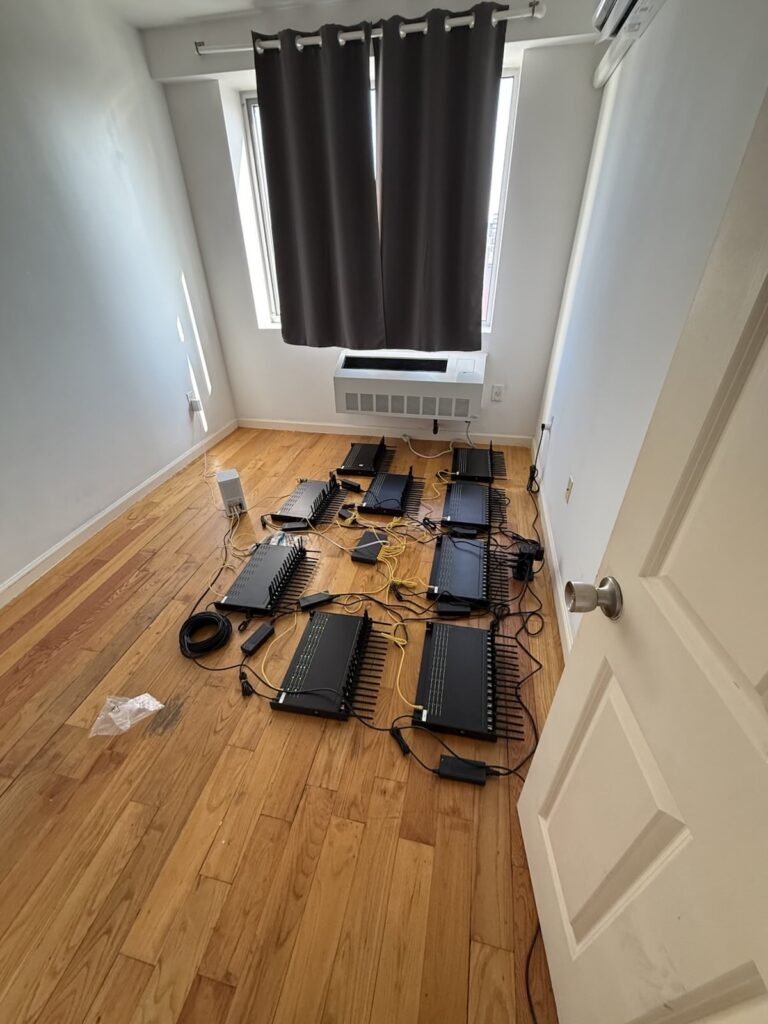
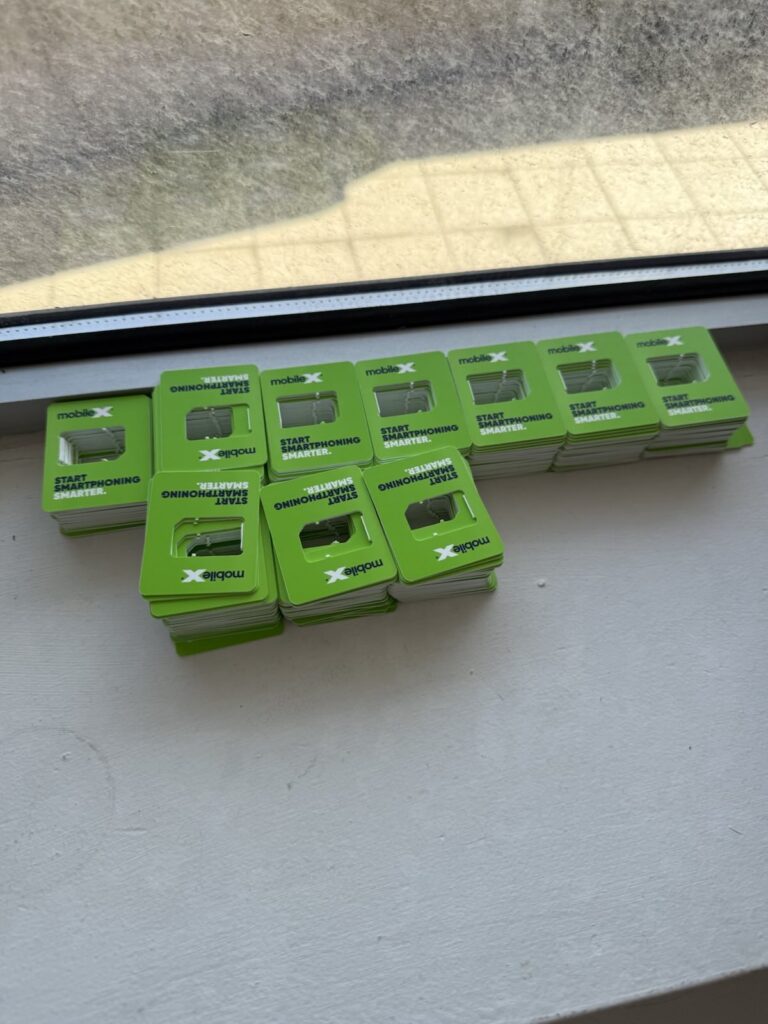
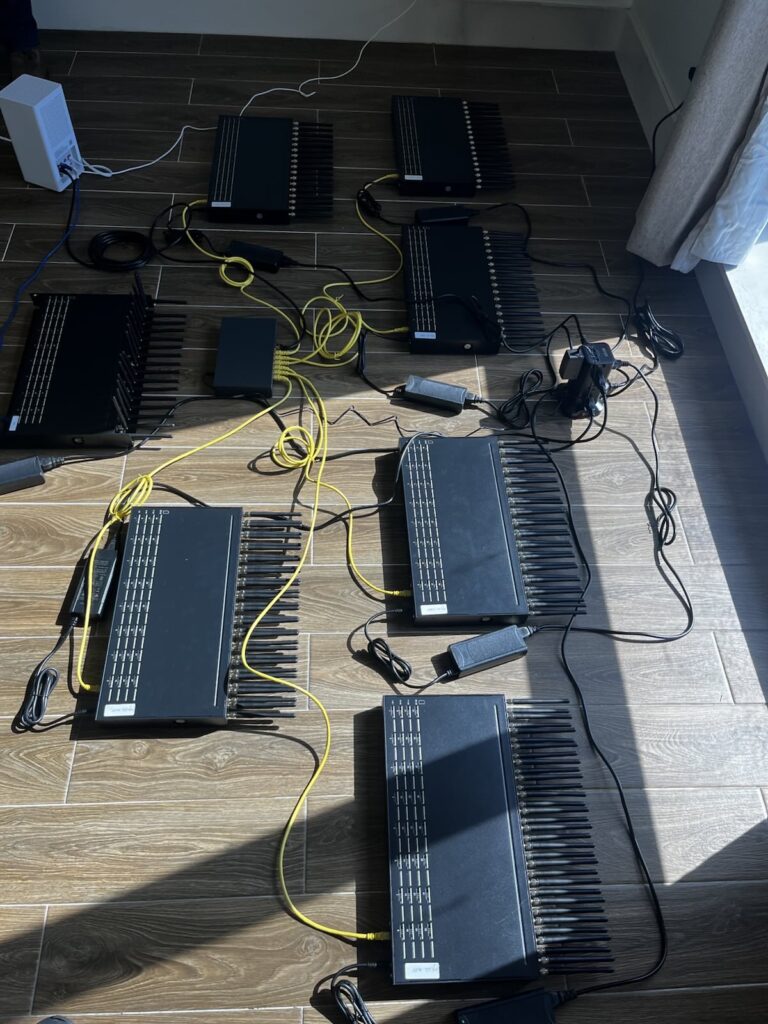
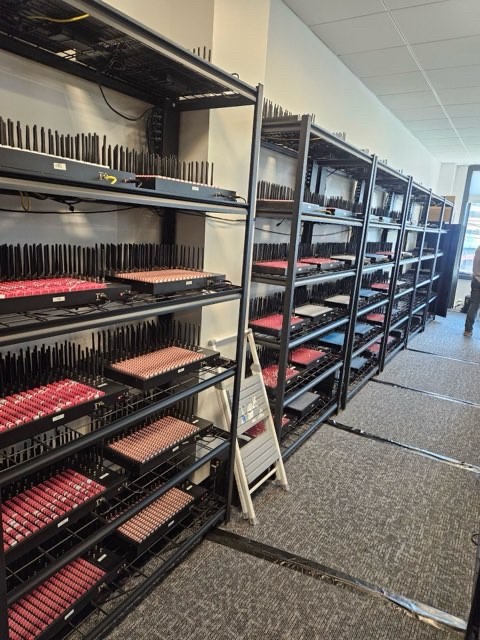
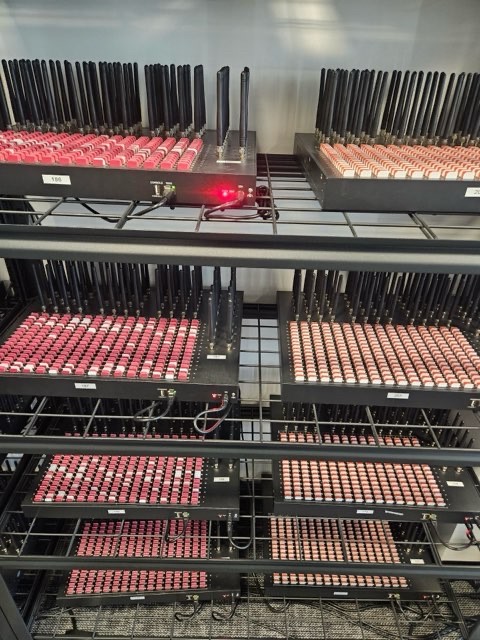
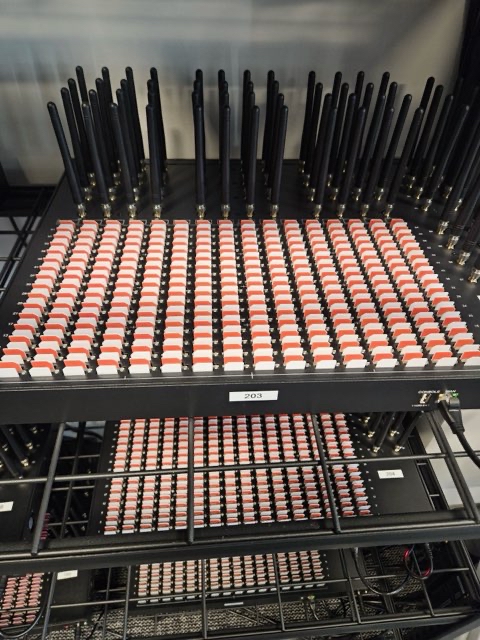
🔗 Read the official Secret Service release here: Secret Service Announcement
🔗 Supporting coverage: Washington Post, New York Times



